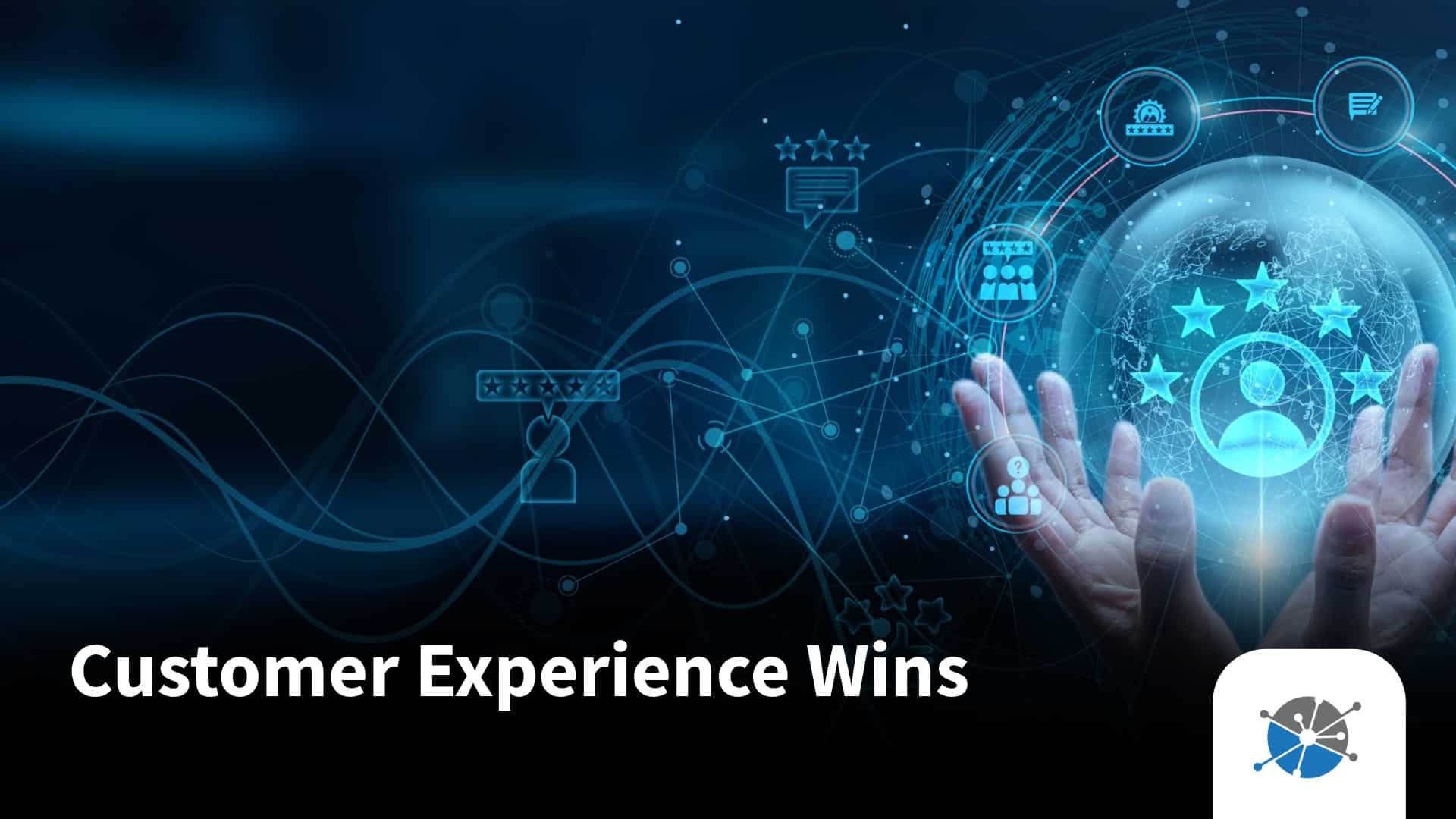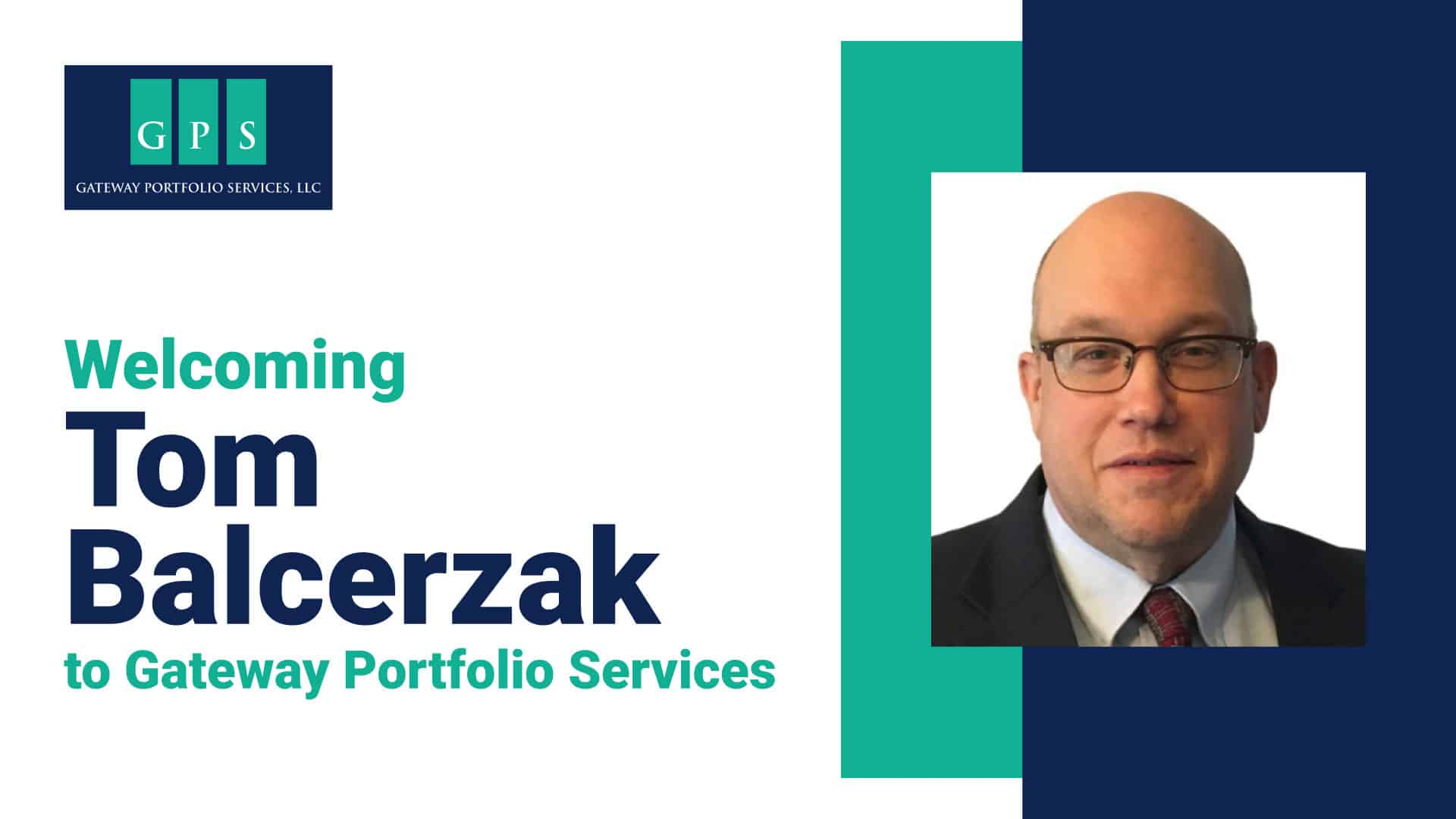
Customer Experience Is Now the Competitive Edge in Collections
For decades, debt collection strategies prioritized operational efficiency and payment recovery over the consumer experience. Today, market realities and regulatory trends are making that model obsolete.
In this article, I explore how a customer experience (CX)-first approach not only aligns with compliance demands but also creates stronger client relationships, higher engagement rates, and more sustainable revenue outcomes.
I’ve worked in collections long enough to see the pendulum swing. For years, the primary focus was on “how fast can we get payment?” while compliance and consumer experience were treated as checkboxes on the process map. But the industry is now facing a decisive shift — one where operational performance will increasingly hinge on how well we treat people during the collections process.
That’s not just a moral or regulatory argument; it’s a business one. Consumers have more communication options than ever, regulators are setting higher standards for fairness and transparency, and creditors are evaluating agencies based on reputational risk as much as recovery rates.
The agencies that win in the next decade will not be those with the fastest dialers or the largest call volumes. They’ll be the ones who design every touchpoint—from the first outreach to final resolution—with the consumer’s experience in mind.
Why Customer Experience Is the New Compliance Standard
Several forces are converging to make customer experience the defining metric in collections:
- Regulatory Pressure: The CFPB has made it clear that unfair or aggressive tactics will not be tolerated, and the shift to digital communication channels is being encouraged under Regulation F.
- Creditor Expectations: Creditors are increasingly looking for partners who can demonstrate positive consumer feedback and low complaint volumes.
- Consumer Behavior: People today expect the same ease and personalization from a collections interaction as they do from retail or banking.
For agencies, this means the choice is simple—adapt to a CX-first model or risk being left behind.
Designing for Empathy and Efficiency
A customer experience-first approach doesn’t mean sacrificing operational efficiency; in fact, the two can work in harmony. I’ve seen firsthand that when you design workflows with empathy at the core, efficiency improves because friction points are reduced.
For example, replacing a one-size-fits-all script with a guided conversation model allows collectors to address each consumer’s circumstances directly. This reduces repeat contacts, improves resolution rates, and minimizes disputes.
The Role of Digital Transformation in CX
It’s impossible to deliver a tailored customer experience without accurate, timely data. Payment history, preferred communication channels, dispute records—these aren’t just operational data points, they’re the building blocks of trust.
In my work with agencies, I’ve seen how integrating consumer behavior analytics into daily operations changes the dynamic. For example, sending a payment reminder via text instead of a phone call—because that’s the consumer’s documented preference—can increase engagement rates by double digits while reducing agent handle time.
Moreover, digital options like secure payment portals and self-service negotiation tools also enable better customer experiences—giving them more control and flexibility.
When a consumer can resolve their account on their phone during lunch break without a stressful call, that’s a win for both sides. And from an operational perspective, these digital channels free up live agents for higher-value, complex cases where human intervention matters most.
Digital-First, Human Always
There’s no denying that digital transformation is driving the next phase of collections. Payment portals, self-service tools, and AI-assisted messaging allow consumers to resolve their debts on their terms. But there’s a risk in over-automation, removing the human empathy that makes resolutions possible in complex or emotionally charged situations.
The balance lies in a “digital-first, human always” approach. Use automation for efficiency and scalability, but ensure customers can seamlessly connect with a live, well-trained representative when they need clarity, reassurance, or flexibility.
I’ve watched agencies that master this balance achieve higher recovery rates and lower complaint volumes—a clear sign that customer experience is directly tied to operational success.
Measuring What Matters
In a CX-first strategy, your KPIs have to evolve. Recovery rates will always matter, but they shouldn’t be the only metric on the dashboard.
I recommend tracking:
- Consumer satisfaction scores
- Resolution timeframes
- Digital engagement rates
- Complaint volume and type
- Promise-to-pay fulfillment rates
By expanding your measurement framework, you create a more balanced view of performance that reflects both short-term results and long-term sustainability.
Creating a Culture That Supports CX
A CX-first model can’t survive if it’s just a management directive. It has to live in the culture. That means:
- Training collectors on active listening, empathy, and compliance in equal measure.
- Rewarding behaviors that lead to positive consumer outcomes, not just payments collected.
- Giving your teams the tools and authority to resolve issues quickly.
I’ve seen agencies make dramatic gains in engagement and resolution rates simply by empowering agents to solve problems in the moment, without multiple layers of approval.
The Business Case for CX in Collections
There’s a direct ROI to this approach. Agencies that lead with customer experience often see:
- Higher placement volumes from creditors who value reputational security.
- Reduced operational costs from fewer disputes and escalations.
- Stronger recovery rates due to increased consumer cooperation.
- Greater employee retention because agents feel they’re helping, not harassing.
When done right, CX-first isn’t just the right thing to do—it’s the most profitable path forward.
A Framework for Customer Experience-First Collections
Over time, I’ve developed a simple, repeatable framework agencies can use to embed customer experience into their operations:
- Listen First – Use data and direct feedback to understand consumer needs before initiating contact.
- Respect Preferences – Honor channel, timing, and tone preferences in every interaction.
- Educate, Don’t Just Instruct – Ensure every communication explains rights, options, and next steps.
- Enable Self-Service – Offer digital tools that allow consumers to take action without friction.
- Empower Agents – Give staff the authority and tools to solve problems creatively within compliance limits.
- Measure and Adjust – Continuously track experience metrics and adapt processes accordingly.
This approach isn’t just ethical—it’s profitable. Agencies that make customer experience a strategic pillar consistently outperform competitors in both recovery and client retention.
Conclusion
The collections industry is at a turning point. For years, we optimized for speed and volume. Now, the competitive advantage lies in delivering a respectful, transparent, and convenient experience for the consumer.
Customer experience-first isn’t a passing trend; it’s the foundation for sustainable, compliant, and profitable operations in the future of collections.
So here’s my challenge to agency leaders: look at every touchpoint in your process and ask, “Would I want to experience this if I were on the other side of the call?” If the answer is no, it’s time to make a change.
Author Bio
Adam Parks has become a voice for the accounts receivables industry. With almost 20 years working in debt portfolio purchasing, debt sales, consulting, and technology systems, Adam now produces industry news hosting hundreds of Receivables Podcasts and manages branding, websites, and marketing for over 100 companies within the industry.







